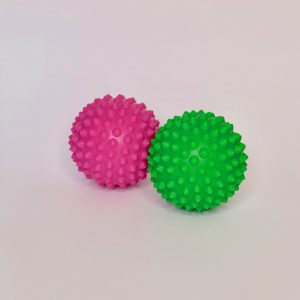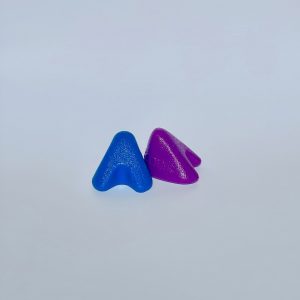Practitioners everywhere seem to talk a lot about maintenance treatment. The age old discussion around “you service your car, so you should service your body”, has never really made sense to me. I service my car once a year – if I had to take my car in for a service every 2-3 months I would be trading it in for a better model!
I’ve been working as an Osteopath for the last 12 years. I have worked in large clinics where I have usually been the one who always has a few spare appointments here and there, so my patients have always been able to get in to see me within the same week. I never really suggested 4, 6 or 8 weeks for a follow up treatment given that getting an appointment with me was just a phone call away, and if by chance my patients couldn’t get in to see me they were always happy to see other practitioners in the same clinic.
In 2020 I started my own practice working part time from home. I left the larger practice in November 2021 to solely work from my home space. Since this change occurred, now approximately 90% of my patients always book a follow up appointment with me (4, 6 or 8 weeks down the track). I always offer a suggestion as to when I think they need it, and a lot of the time the patient has already decided when they think they need it as well. Sometimes, a patient of mine may be on a regular 4 week appointment, however after a few months we notice that they are actually doing really well, and they don’t seem to need these appointments as close together, so then we move them out further.
I believe this change from not booking follow up treatments, to now nearly always booking them has happened for a number of reasons. First and foremost, I now work on my own. It’s just me, and my hands. If patients are unable to get in with me, they can no longer just simply see another Osteo at the same practice. Patients that come and see me at my home practice want to see me, and only me. This can become quite stressful at times, and I can see how others in a similar situation would see the need to employ another Osteo to help with the demand, but that option just wouldn’t work in a home clinic. For this reason, my patients are quite happy to re-book in the future, it means they have certainty around their schedule and its easier to manage their time.
Secondly, a lot of these patients that I’m talking about have been on these scheduled “maintenance” visits for probably over a year now, and both them and myself can see the difference it’s making to their lifestyle. They have less acute flare ups of their pain, and they are able to continue with their exercise of choice without fear of hurting themselves. Over the year I have really been able to see the difference in their bodies and their overall health and wellbeing.
I think another reason a lot of my patients have fallen into this pattern is due to the multiple lockdowns that we had to endure during 2020/2021. If you are living in Melbourne like myself you will know that it was some of the toughest years we have ever experienced. I was fortunate enough to continue to treat patients through this period, however at times we did need to screen our patients to assess for urgency of treatment. Due to this uncertainly that we all faced, patients wanted to book that follow up appointment, and would generally request it before I even had the chance to suggest any future appointments. The challenging times we all experienced, I believe, really did allow my patients to re-assess what is important to them, and the general consensus was that they wanted to “take better care of themselves”.
So whilst most of my patients have fallen into this pattern of their own accord, I must be transparent with mentioning that I have seen a huge difference in these patients! What used to be seeing patients purely when they were experiencing increased pain levels and discomfort, has now turned more toward seeing patients who generally are feeling well and just want that maintenance tune up! When completing my assessment and examination, it’s clear to see the improvement in their bodies over the year. I can see it, they can recognise it, and generally because they are feeling better, they take better care of themselves when it comes to exercise, diet and sleep.
In addition to seeing a difference in my patients, I have also seen a difference in my own body. Last year another Osteo friend of mine and I committed to doing a treatment swap every 4 weeks. We said it doesn’t matter if we aren’t feeling any pain, let’s just treat each other each month. Plus its a nice way to catch up as friends. What started as a monthly session of telling each other what was sore, or what we injured during that month, slowly started to progress to conversations about which parts of our body had started feeling better with the regular treatments. For the last few sessions neither of us have reported anything particularly wrong! It has honestly been one of the best things that I have done for my body, ever, and it has meant that I am able to continue training (and treating my patients) without those pesky niggles in my own body coming up from time to time.
So overall, whilst I don’t believe that we should ever compare our bodies to a machine when thinking about treatment, I do believe in the benefits of regular maintenance treatment. In saying that, the choice is always entirely up to you, and you should always listen to your own body! Try it for a few months and see how you feel, or ask your practitioner if they think you would benefit from getting regular treatment. However, if a practitioner tells you to come back every week without giving you any idea on your diagnosis, or plan moving forward, then I think you should look for a new practitioner. Sometimes taking the time to find the right practitioner for you, someone who will work with you on your journey, and be in your corner looking out for your best interests, will be the best thing in the long run!




